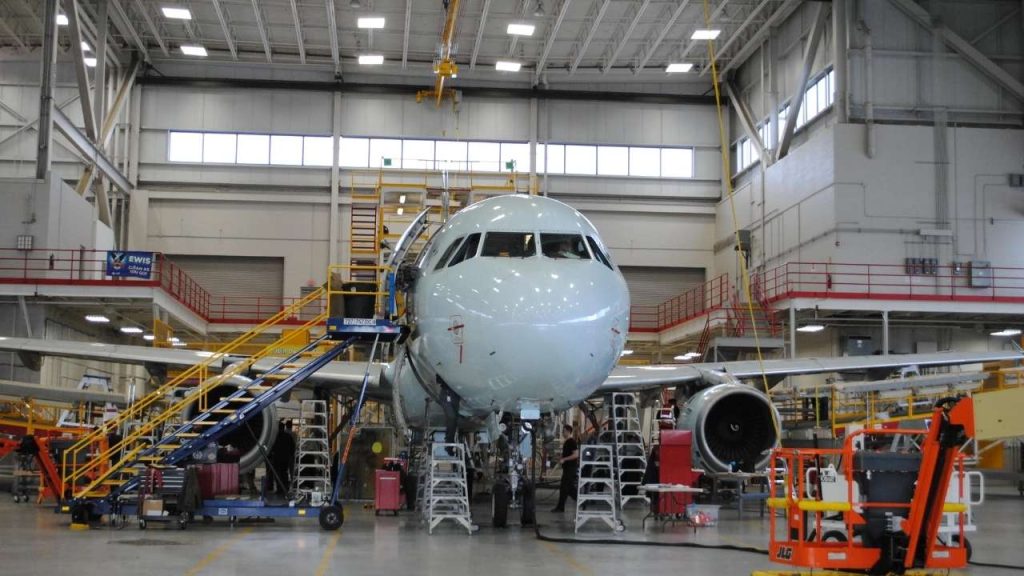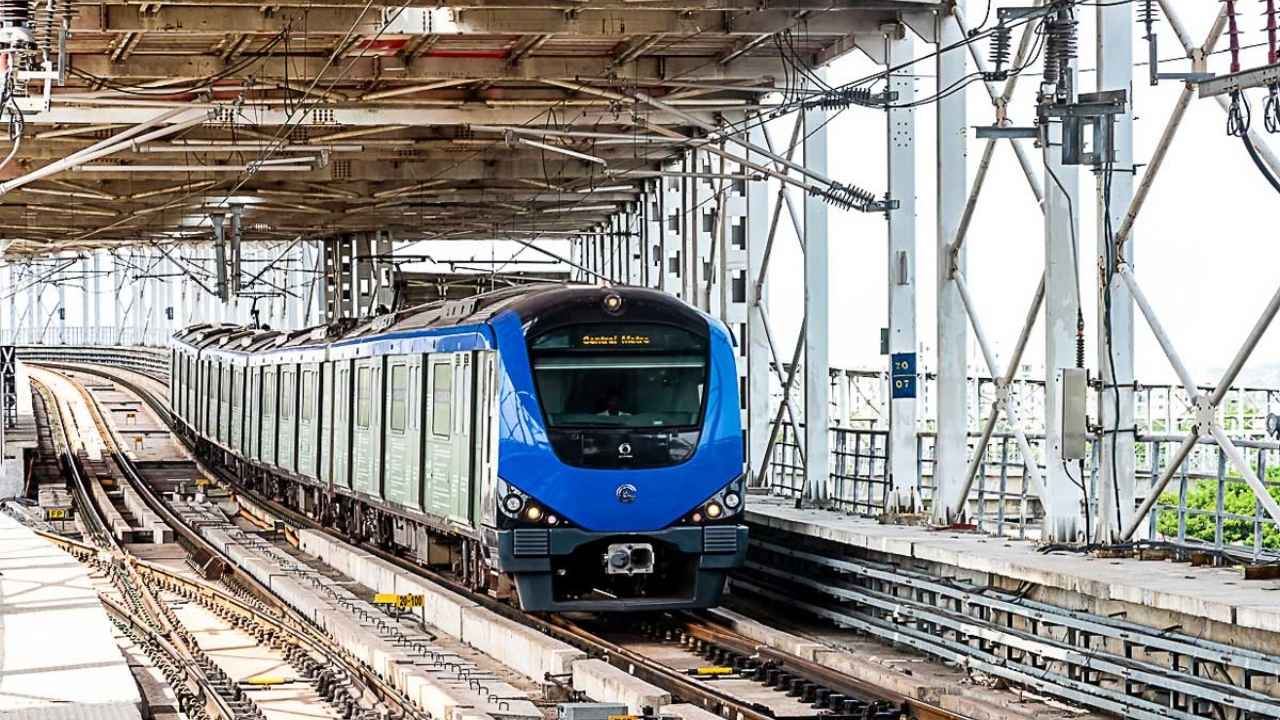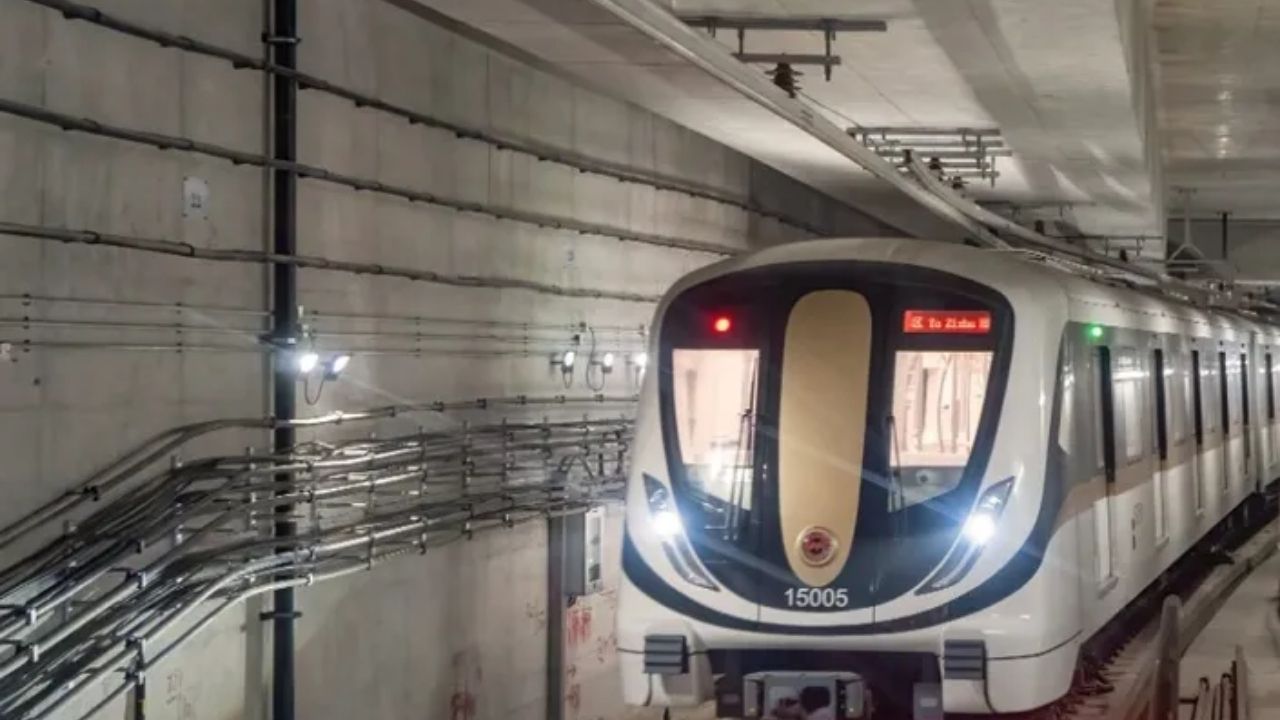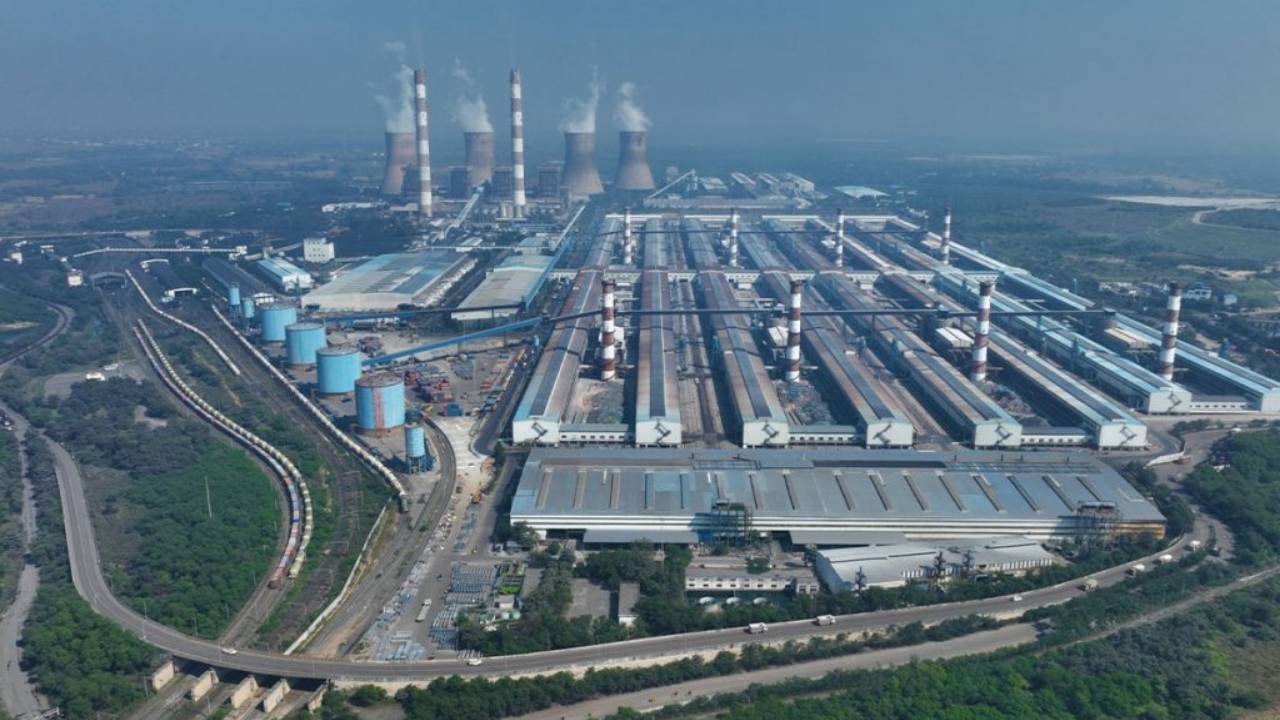The aviation sector in India is soaring to new heights, and Odisha is taking off with an exciting development—its very first Maintenance, Repair, and Overhaul (MRO) facility in Bhubaneswar. This landmark project is set to transform the state’s aviation ecosystem, offering numerous benefits for both the local economy and the aviation industry as a whole. If you’re in aviation, business, or just a curious soul interested in how this impacts India’s aviation industry, this article will break it down for you.
What is an MRO Facility?
Before diving into the details of Odisha’s new MRO facility, it’s important to understand what an MRO facility is and why it’s a game-changer for the aviation industry.
MRO stands for Maintenance, Repair, and Overhaul. An MRO facility is a hub where aircraft receive essential services to stay in top condition, including regular maintenance, repairs for damaged parts, and overhaul services to restore the aircraft to like-new condition. Airlines rely on MRO services to ensure the safety, efficiency, and longevity of their fleets.
These facilities are critical to the aviation industry because they keep airplanes flying and running safely. For any airline, the maintenance of aircraft is a top priority, ensuring that they meet safety standards and are operationally efficient.
Why is Bhubaneswar Getting an MRO Facility?
Bhubaneswar, the capital city of Odisha, has long been a hub of commerce and culture in Eastern India. With its rich history and growing economy, it was only a matter of time before the aviation industry caught up. The MRO facility will be housed at Biju Patnaik International Airport (BPIA), strategically placed in the city to support both domestic and international flights.

One of the most exciting things about this project is its potential to create jobs, attract investments, and foster the growth of regional aviation. Bhubaneswar is centrally located in Eastern India, and this new facility is expected to draw airlines from across the region to rely on local services instead of sending their planes to distant hubs.
MRO Facility in Bhubaneswar
| Key Points | Details |
|---|---|
| Location | Biju Patnaik International Airport (BPIA), Bhubaneswar |
| Facility Size | 4,670 square meters hangar |
| Aircraft Size | Capable of accommodating large aircraft, including Airbus A321 |
| Economic Impact | Reduced operational costs, job creation, and increased investments in aviation |
| Employment Opportunities | High-skilled jobs in aviation maintenance, repair, and overhaul services |
| Future Potential | Expected to help Odisha become a key player in India’s aviation ecosystem |
| Reference Link | Prameya News |
The MRO facility is expected to make a massive difference not just in terms of local infrastructure, but also for the larger aviation market in India. The demand for aircraft services in India has been growing at a rapid pace, and this new MRO will help meet that demand while keeping costs in check.
The introduction of the MRO facility in Bhubaneswar is a huge milestone for Odisha’s aviation industry. Not only will it provide cost-effective services for airlines, but it will also boost local employment, attract investments, and improve regional air connectivity. For India, this is an important step towards becoming more self-sufficient in aircraft maintenance, reducing reliance on foreign MRO providers, and contributing to the overall growth of the aviation sector.
How Will This MRO Facility Help Odisha?
There are several ways the MRO facility will benefit Odisha. Let’s break it down:
1. Cost Reduction for Airlines
One of the biggest advantages of having an MRO facility in Bhubaneswar is the cost savings for airlines. Currently, airlines often send their aircraft to far-off cities like Delhi or Mumbai for maintenance, which can be expensive and time-consuming. With an MRO facility at BPIA, airlines will have access to a local facility, cutting turnaround times and significantly reducing maintenance costs.
It’s like taking your car to a local mechanic instead of driving it across the state for repairs—it’s just more convenient and affordable.
2. Employment Opportunities
The MRO facility isn’t just a win for airlines—it’s also a huge opportunity for job creation in Odisha. As the aviation industry continues to grow, there will be a demand for skilled workers in the MRO field, including engineers, technicians, and other specialists.
The facility will likely create hundreds of high-skilled jobs that will support the local economy and help nurture a new generation of aviation professionals in the region.
3. Attracting Aviation Investments
As Odisha’s aviation infrastructure grows, the state is likely to see an influx of investments in related industries. The establishment of an MRO facility will serve as a magnet for aviation-related businesses, from spare parts suppliers to training institutes.
Moreover, as airlines become more aware of Bhubaneswar’s growing aviation ecosystem, they may increase their regional flight services, further boosting economic activity and trade connections.
4. Boosting Regional Connectivity
The development of the MRO facility is part of a broader effort by the state to improve regional air connectivity. Under Odisha’s New Destination Policy, the state has also launched 13 new domestic and international flight routes. This is expected to open up new corridors for business, tourism, and trade, creating a more connected Eastern India.

5. Support for Other Aviation Projects
The MRO facility in Bhubaneswar will also complement other projects in the region, including the operationalization of airstrips in smaller towns like Jeypore, Rourkela, Utkela, and Rangeilunda under the central UDAN (Ude Desh ka Aam Naagrik) scheme. This is a game-changer for regional air travel, providing easier access to smaller cities in Odisha and reducing travel times across the state.
How Does This Impact the Aviation Industry in India?
While this MRO facility is a big deal for Odisha, its impact extends far beyond the state. India’s aviation industry is one of the fastest-growing in the world, with more and more airlines entering the market every year. But with that growth comes the challenge of keeping aircraft in tip-top shape.
Currently, India lacks enough domestic MRO facilities to meet the growing demand. As a result, many airlines have to rely on overseas MRO providers, which can be expensive and lead to longer downtime for aircraft.
By setting up this MRO facility in Bhubaneswar, India is taking an important step towards becoming self-sufficient in aircraft maintenance. The MRO facility will help India reduce its dependence on international service providers and keep costs under control.
What’s the Process of MRO Services?
To help you understand just how vital MRO facilities are, let’s break down the steps involved in an MRO process:
1. Inspection
When an aircraft lands at an MRO facility, the first thing that happens is a detailed inspection. This could be a routine check to ensure everything is working properly or an inspection prompted by a specific issue (like a warning light on the cockpit panel).
2. Maintenance and Repair
After the inspection, technicians perform necessary maintenance or repairs. This could include changing oil, replacing worn-out parts, or fixing more complex issues with the aircraft’s engine or navigation system.
3. Overhaul
An overhaul is a more extensive procedure. It typically involves dismantling parts of the aircraft for thorough cleaning and servicing, ensuring that every part is up to factory standards.
4. Testing
Once the maintenance or overhaul is complete, the aircraft undergoes rigorous testing to ensure everything is functioning properly. The aircraft is retested before it is cleared to fly again.
Master the Ancient Art of Sand Sculpting with Sudarsan Pattnaik’s Exclusive IGNOU Course
Odisha CM’s Helicopter Grounded by Lightning, Starts Road Journey to Mumbai for Repairs
Odisha Implements Policy to Prevent High-Risk Prisoners from Attending Court in Person
FAQs
Q: What is an MRO facility?
An MRO facility provides maintenance, repair, and overhaul services for aircraft. These services are crucial for ensuring aircraft remain safe and efficient to fly.
Q: Where is the new MRO facility in Bhubaneswar?
It is located at Biju Patnaik International Airport (BPIA), Bhubaneswar, and will feature a hangar large enough to accommodate aircraft like the Airbus A321.
Q: How will the MRO facility benefit the local economy?
The MRO facility will create job opportunities, reduce maintenance costs for airlines, and attract investments in the aviation sector.
Q: Will this MRO facility affect flight services in Odisha?
Yes, the facility is expected to increase regional flight services and improve connectivity both domestically and internationally.
Q: How does MRO support the aviation industry?
MRO services ensure that aircraft are safe and ready for flight, helping to keep the aviation industry running smoothly by maintaining fleets and reducing downtime.




